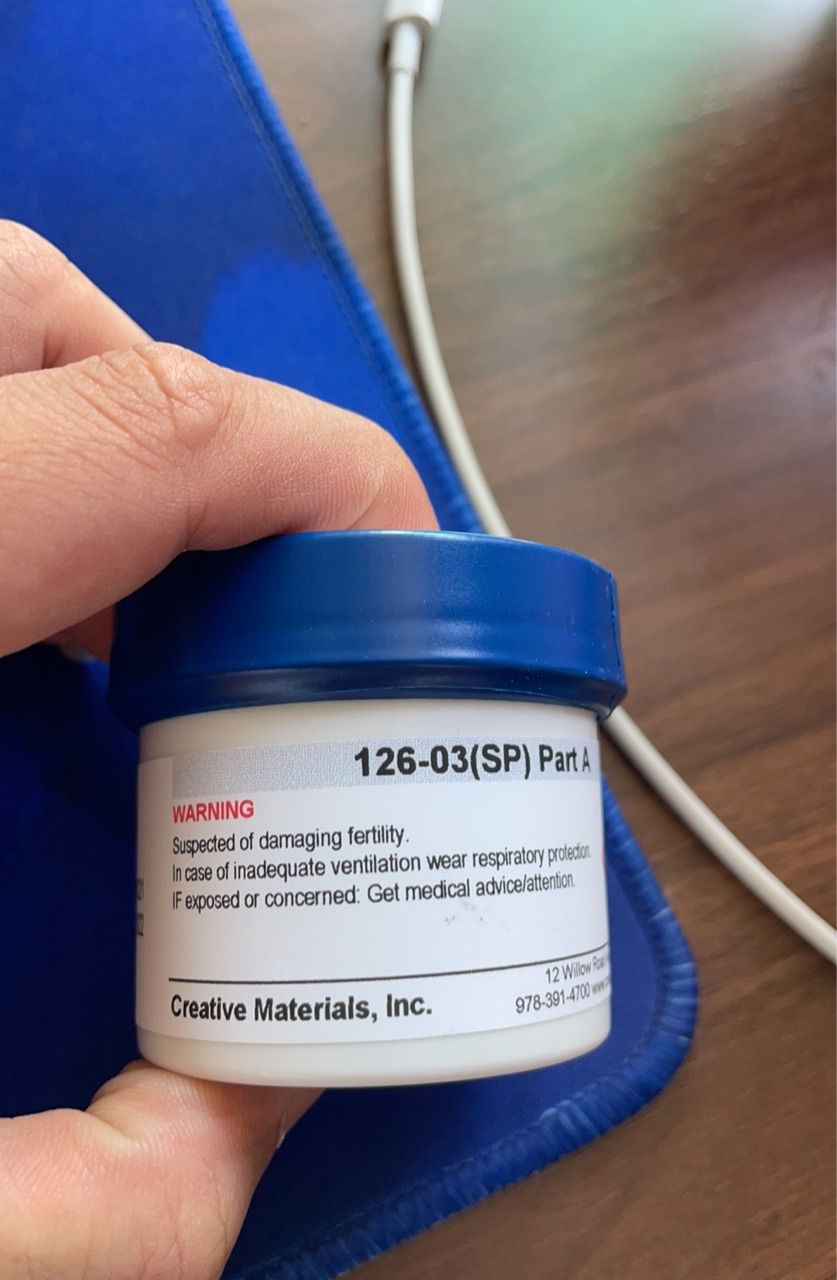Two Types of Stack up for 6 Layers Board
- May 6, 2021
- 2 min read
Nowadays, the speed of Chips--especially on telecommunication industry--has been as fast as ever which leads to a ever higher requirements of signal quality on PCB. The integrity of Chips and ratio frequency goes higher, the speed of signal transmission goes higher too, it is therefore very crucial to handle the signal transmission on circuit board.
A complete refered ground layer can help to ensure the continuity of a circuit loop, a wider trace can reduce the singal loss in transmission and the use of back-drilling can also keep the completeness by reducing stub of through holes.
What is a "fake 8 layers PCB?"
When a 6 layers PCB thickness is 1.6mm or more, to achive impedance control usually result in big thickness between layer 3 and layer 4 in stack ups, thicker than 3*7628 Prepregs. For many PCB manufacturers can only use max. 3 prepregs in pressing, they will add a "bare plate" between layer 3 and layer 4 to make it as expected thickness--a bare plate is a core without copper foil), and this is what we say a "fake 8 layers PCB."
So readers know, it is not a real 8 layers PCB, it is a special stack up which is to meet the impedance control requirements for a 6 layers PCB.

Now let's review two suggested stack up for 6 layers board
SIG-GND-SIG-PWR-GND-SIG
This stack up can offer good signal completeness, signal layer close to ground layer and power layer neighboring to ground layer, impedance control of every circuit layer can be controled well. It can also offer better returning path for each signal layer.
2. GND-SIG-GND-PWR-SIG-GND
The second stack up suits to where components isn't too many. It covers all benefits of said above stack up, furtherly the top layer and bottom layer is in good integrity, thus to function like a shielding layer. Note that the power layer close to where minority components are located, its EMI performance is better than stack up one.
Generally the distance between power layer and ground layer should be as less as possible in 6 layers board. Compare to stack up 1 and 2, the second choice will result in higher manufacturing cost, so usually we will use stack up 1 where 20H rule and mirror rule are followed.
Should you have any inquire of PCB manufacturing, please don't hesitate to contact Chee mau :-)



Comments